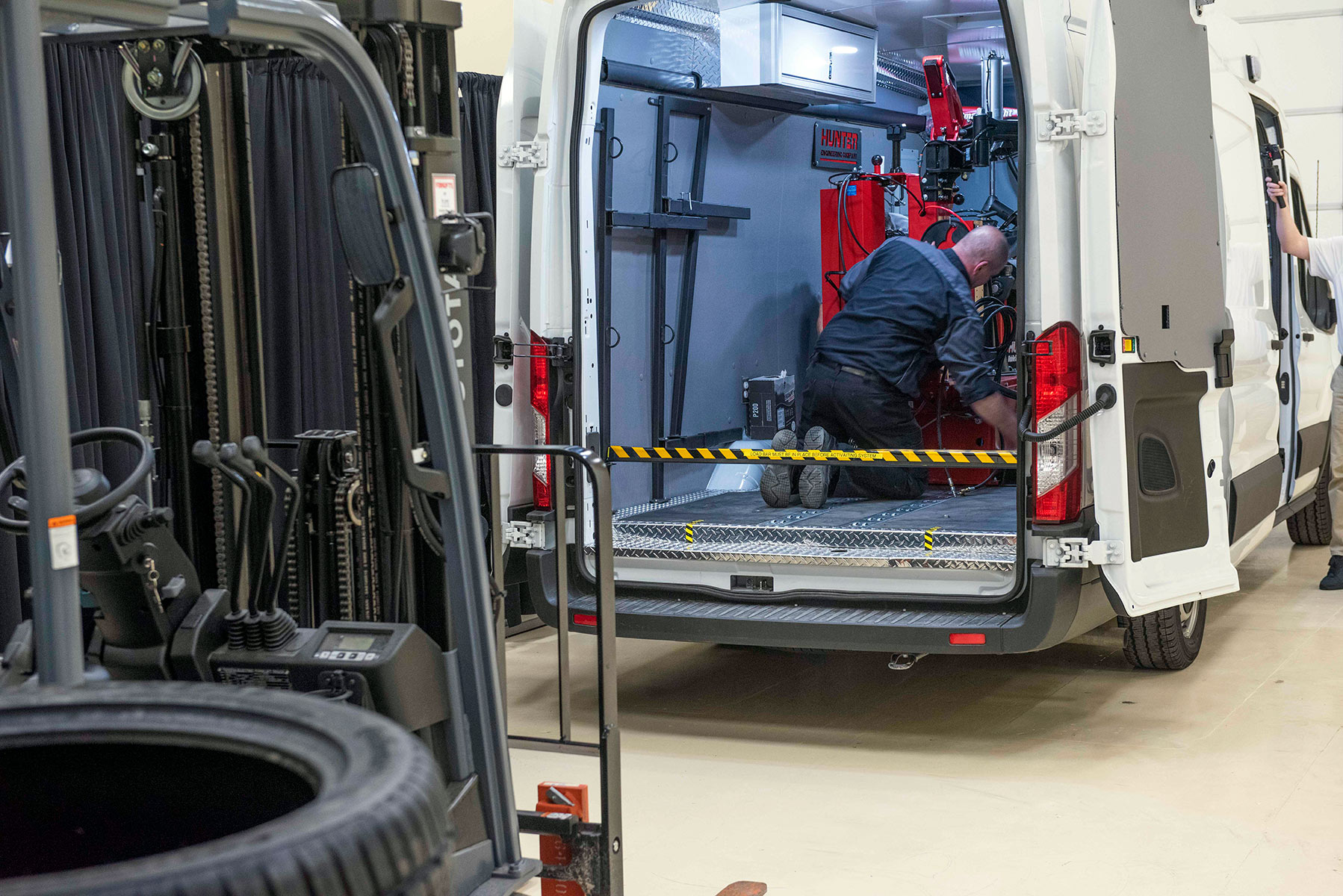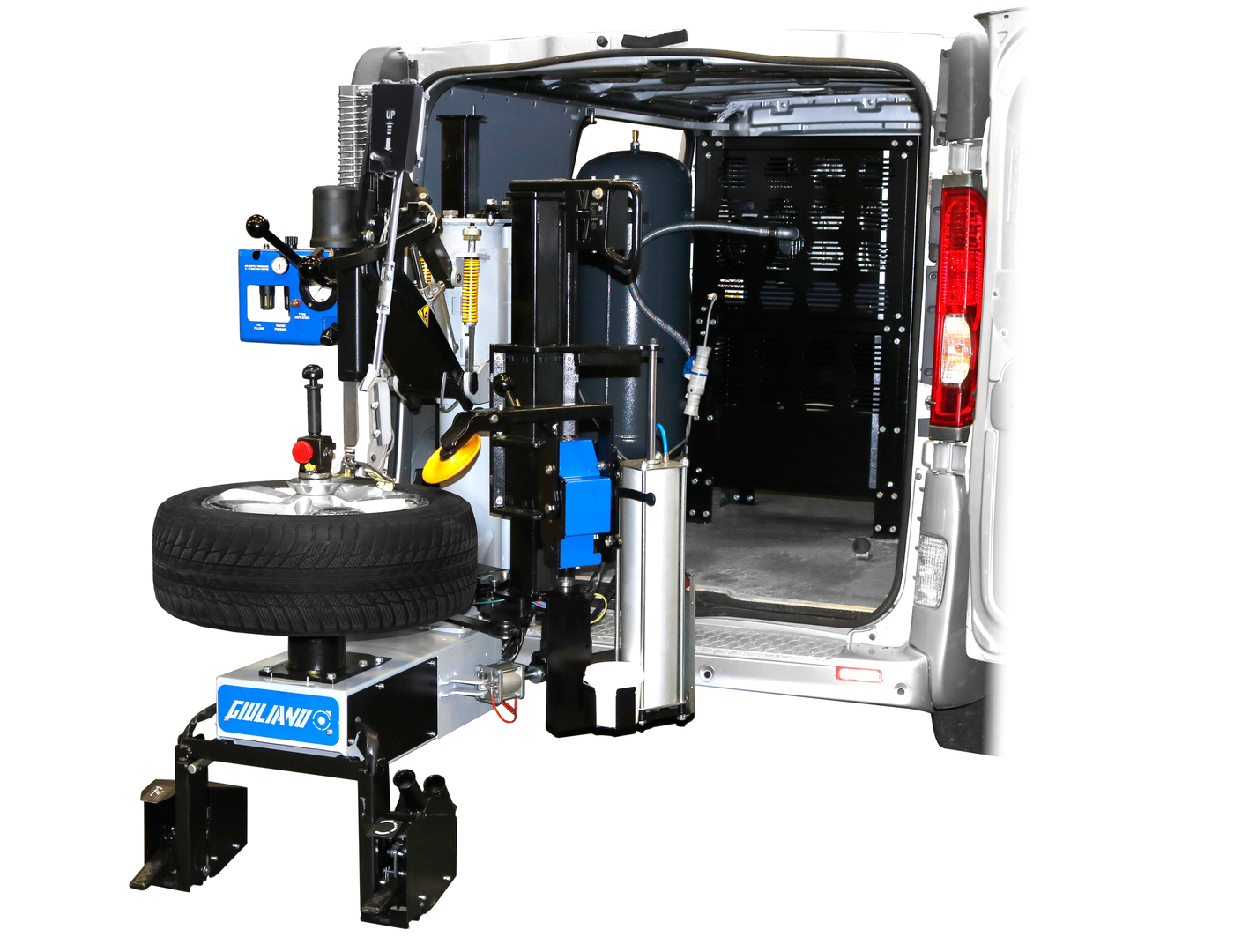Premium Mobile Tire Replacement Las Vegas - High Quality Assured
Premium Mobile Tire Replacement Las Vegas - High Quality Assured
Blog Article
Tire Solution: Proven Methods for Optimal Tire Upkeep and Care
From guaranteeing proper tire stress to routine rotation and placement, there are proven approaches that can dramatically prolong the life expectancy of your tires and enhance overall driving experience. Allow's dive right into the world of tire solution and uncover the keys to maintaining your tires in first-class shape for the long haul - Mobile Tire Repair Las Vegas.
Value of Tire Pressure
Sufficient tire stress promotes better fuel effectiveness, as under-inflated tires can lead to increased rolling resistance, causing the engine to work more difficult and consume even more gas. Proper tire stress makes certain even tread wear, boosting tire durability and conserving cash in the long run by delaying the requirement for early replacements. On a regular basis changing and checking tire pressure, especially before lengthy trips, is a basic yet reliable means to improve vehicle efficiency, extend tire lifespan, and prioritize security on the roadway.
Tire Turning Standards
When thinking about tire rotation guidelines, it is vital to recognize the relevance of this upkeep task in maximizing tire life expectancy and maintaining ideal vehicle efficiency. Tire turning includes transforming the setting of each tire on a lorry to make certain even walk wear. Front tires often tend to use faster than back tires as a result of steering forces, making normal turning vital for well balanced wear patterns. The advised turning pattern differs relying on whether an automobile is front-wheel, rear-wheel, all-wheel, or 4x4. Commonly, tires need to be rotated every 5,000 to 7,500 miles, or as encouraged in the vehicle guidebook. Disregarding tire rotation can cause unequal wear, impacting handling, grip, and potentially compromising lorry safety and security. By sticking to appropriate turning standards, drivers can expand the life of their tires, improve fuel efficiency, and enhance total driving experience. Regular turning is a simple yet efficient upkeep practice that adds dramatically to tire longevity and automobile efficiency.

Benefits of Wheel Positioning
Making certain correct wheel alignment after tire turning is crucial for keeping balanced wear patterns and taking full advantage of vehicle performance. Wheel alignment refers to the change of the angles of the wheels to the maker's specifications. One of the essential advantages of wheel alignment is enhanced managing and steering response. When the wheels are correctly straightened, it minimizes steering effort, making sure a smoother and more regulated driving experience. In addition, correct wheel positioning aids to expand the lifespan of your tires. Misaligned wheels can trigger irregular tire wear, causing premature tire substitute and raised upkeep prices.

Tire Footstep Depth Examine
Carrying out a normal examination of tire tread depth is crucial for preserving safe driving problems and extending the life-span of your tires. The walk on your tires plays an important role in offering grip, especially in wet or slippery problems. To check your tire tread depth, you can utilize a tread depth gauge or the cent examination. The advised walk depth goes to the very least 2/32 of an inch. If the step depth is listed below this limit, it is time to replace your tires to guarantee ideal efficiency and safety and security when driving. Irregular step wear can suggest issues with tire suspension, placement, or stress, highlighting the importance of routine tread deepness checks. Neglecting to keep an eye on and keep appropriate step deepness can cause decreased hold, longer braking ranges, and an enhanced danger of hydroplaning. By incorporating tire walk depth look into your regular maintenance timetable, you can drive with self-confidence knowing that your tires are in leading condition.
Seasonal Tire Examination
Seasonal tire assessment is a basic facet of tire upkeep that ensures tires are all set to face the challenges posed by try this site various climate conditions. In prep work for winter, it is vital to inspect the tire pressure consistently as chilly temperatures can create tire stress to drop. By carrying out regular seasonal tire assessments, motorists can prolong tire life expectancy, boost fuel effectiveness, and most importantly, ensure a safe and secure driving experience in varying climate conditions.
Conclusion
To conclude, preserving proper tire pressure, rotating tires frequently, lining up wheels correctly, monitoring tread deepness, and conducting seasonal inspections are crucial practices for optimum tire treatment. By adhering to these shown methods, chauffeurs can ensure their tires last much longer, execute far better, and add to general lorry safety and security. It is essential to focus on tire upkeep to avoid accidents, improve gas performance, and lengthen the life expectancy of tires.
Appropriate tire pressure promotes far better gas performance, as under-inflated tires can lead to boosted rolling resistance, causing the engine to function more challenging and eat more fuel.When considering tire turning standards, it is necessary to understand the next page significance of this upkeep job in maximizing tire life expectancy and preserving optimum automobile efficiency. Seasonal tire examination is a fundamental facet of tire maintenance that makes certain tires are prepared to deal with the challenges posed by different weather condition conditions. By performing regular seasonal tire inspections, vehicle drivers can extend tire lifespan, improve fuel performance, and most notably, make sure a protected driving experience in differing weather problems.
In final thought, keeping correct tire stress, turning tires regularly, straightening wheels properly, checking step deepness, and conducting seasonal inspections are necessary techniques for ideal tire care.
Report this page